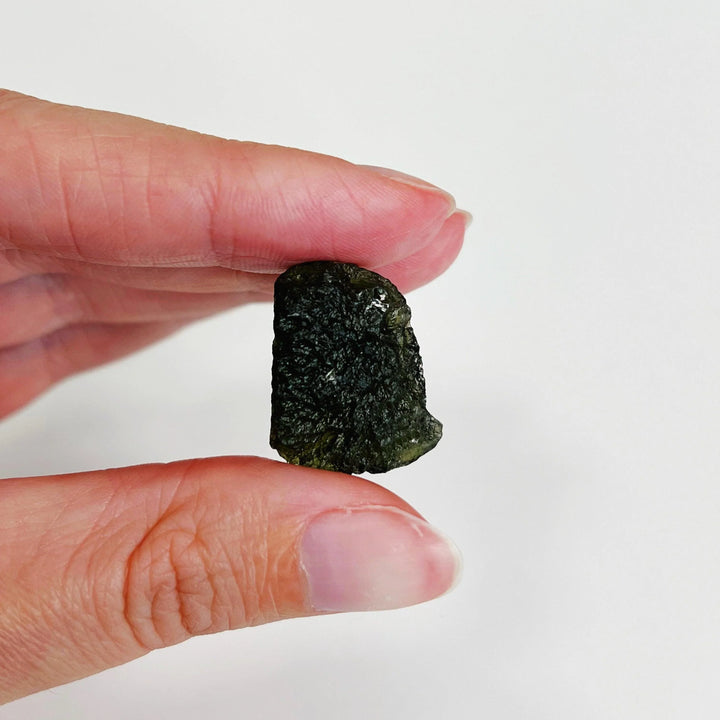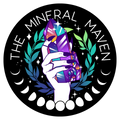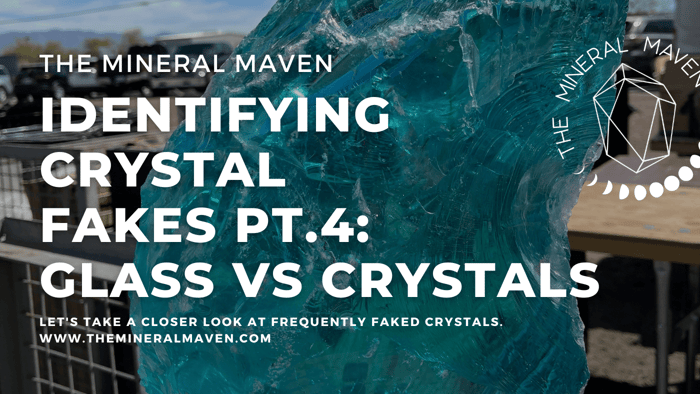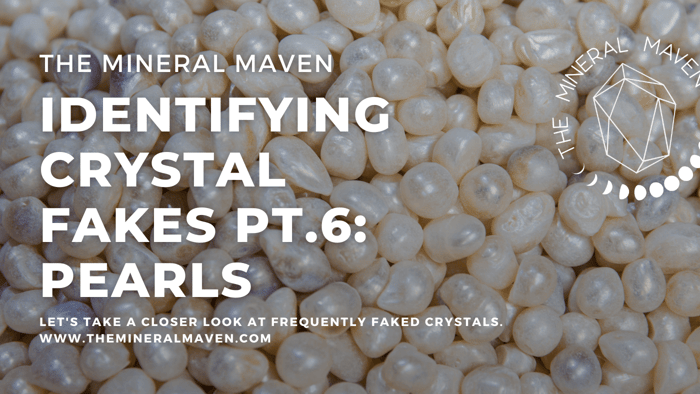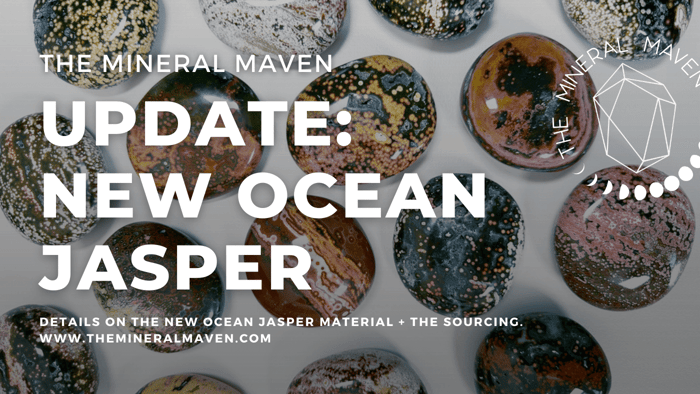I've gotten quite a few questions about spotting glass vs. quartz and the healing merits of glass in general (especially synthetic glass like goldstone and opalite). Folks especially feel duped when man-made glasses are marketed as natural crystals - when they are neither natural or crystals. While I don't think there's anything wrong with selling or working with synthetic glass, as with everything, I think communication and transparency are key so everyone knows what they're purchasing.
There are a number of popular synthetic glasses on the market that can be found everywhere from gem shows to metaphysical shops, and come in various forms including: tumbles, beads, jewelry, raw, and carved shapes (e.g. towers, palm stones, etc).
I'll dive into identifying some of the different types of glass that are most popular in the crystal world, but first I want to address the healing merits of glass vs crystals.
Glass vs. Crystals
First, though we colloquially throw around the term "crystal" in the spiritual/healing industry to refer to any stone or glass that is marketed for its healing properties, glass is not technically a crystal.
A crystal, by definition, has a highly ordered microscopic structure (which forms what is called a "crystal lattice"). Glass is composed of silicon dioxide (like quartz), but due to how quickly it cools/forms, it lacks crystal structure - making it an amorphous solid and not a crystal. While it isn't technically a crystal, glass can still have beneficial healing properties. After all, there are plenty of natural glasses we work with all the time (e.g. Obsidian, Moldavite, etc) so glass structure itself wouldn't preclude them from use as energetic tools by any means (even if it means it technically isn't a crystal).
I personally don't carry man-made glass in my shop or work with it, so I don't have personal experience with the healing properties, but from what I understand: characteristics like included materials, color, shape, light refraction, etc play roles in the properties of each type of synthetic glass.
My take: I'd say it comes down to personal preference and choice in what crystals (or glass) you like to work with!
In the same way that synthetic amethyst would have similar properties to natural amethyst - man-made glass can lend similar properties as natural crystals. It's all about what you prefer to work with, and which stones (or glass pieces) speak to you.
Some Examples of Synthetic Glass
Here are some of the most common types of synthetic glass that I see at gem shows and in the crystal world:
OPALITE
"Opalite" is the trade name for synethic (man-made) opalescent glass and other opal simulates.
Please note: There is actual natural Opalite, it's technically another term for "common opal" (which is opal with no fire/flash), but I very rarely see "opalite" used in this context - folks typically always call it common opal to differentiate it from the synthetic stuff.
GOLDSTONE
"Goldstone" is a synthetic (man-made) glittering glass that has abundant suspended inclusions. They're always highly reflective and have a metallic luster, giving it a bright glittering appearance. It comes in many colors: reddish brown (the original color), dark green, dark blue, and dark purple.
Red/brown goldstone is made with dissolved granules of copper oxide suspended in clear glass. Blue goldstone glass color is caused by cobalt, green by chromium, purple by manganese.

Clockwise from top left: Opalite synthetic glass, blue goldstone synthetic glass, opalite synthetic glass, goldstone synthetic glass.
Some Examples of Natural Glass
Some examples of natural glass that we often see in the healing/wellness/spiritual crystal industry:
TEKTITE
Tektites are meteoric glass that naturally form due to meteoric impacts (examples: Moldavite, Libyan Desert Glass, etc.).
OBSIDIAN
Volcanic glass! When lava cools too quickly to form a crystalline structure. Different colors can be caused by different inclusions. Mahogany obsidian has hematite or magnetite inclusions; snowflake obsidian has radial clusters of crystallized cristobalite; sheen obsidian is caused by tiny inclusions (gold sheen, silver sheen, rainbow sheen).

Clockwise from top left: Libyan Desert Glass (tektite), Moldavite (tektite), black obsidian, mahogany obsidian.
Buyer Beware - What to Avoid
Though there is nothing wrong with synthetic or man-made glass, many suppliers will misleadingly sell it as natural glass or crystals. Sometimes these synthetic glasses (and fake crystals made of glass) are quite expensive so I just want to be sure you know what you're buying.
SLAG GLASS SOLD AS NATURAL
Various colors of translucent glass are often sold as "yellow/red/blue/green obsidian" though they are not natural obsidian or volcanic glass at all - just slag glass (slag glass is a colorful byproduct of metal ore smelting processes). Some other examples of metaphysical buzzword names used to sell slag glass are: "gaia stone", "andara crystals", "tibetan green obsidian", and "blue obsidian". Oftentimes these are marked up considerably and given really grand backstories to justify the cost, but they're just colored glass.
COLORFUL GLASS "QUARTZ"
They typically have fruity names like "cherry quartz", "strawberry quartz" etc, but there are many instances of folks selling synthetic glass with dye or inclusions as natural quartz crystals (e.g. "cherry quartz" is glass with cinnabar). In fact, a lot of the fake citrine on the market is dyed glass or dyed clear quartz (you can usually tell because it has a greenish tint to it or it's an unnatural shade of yellow).
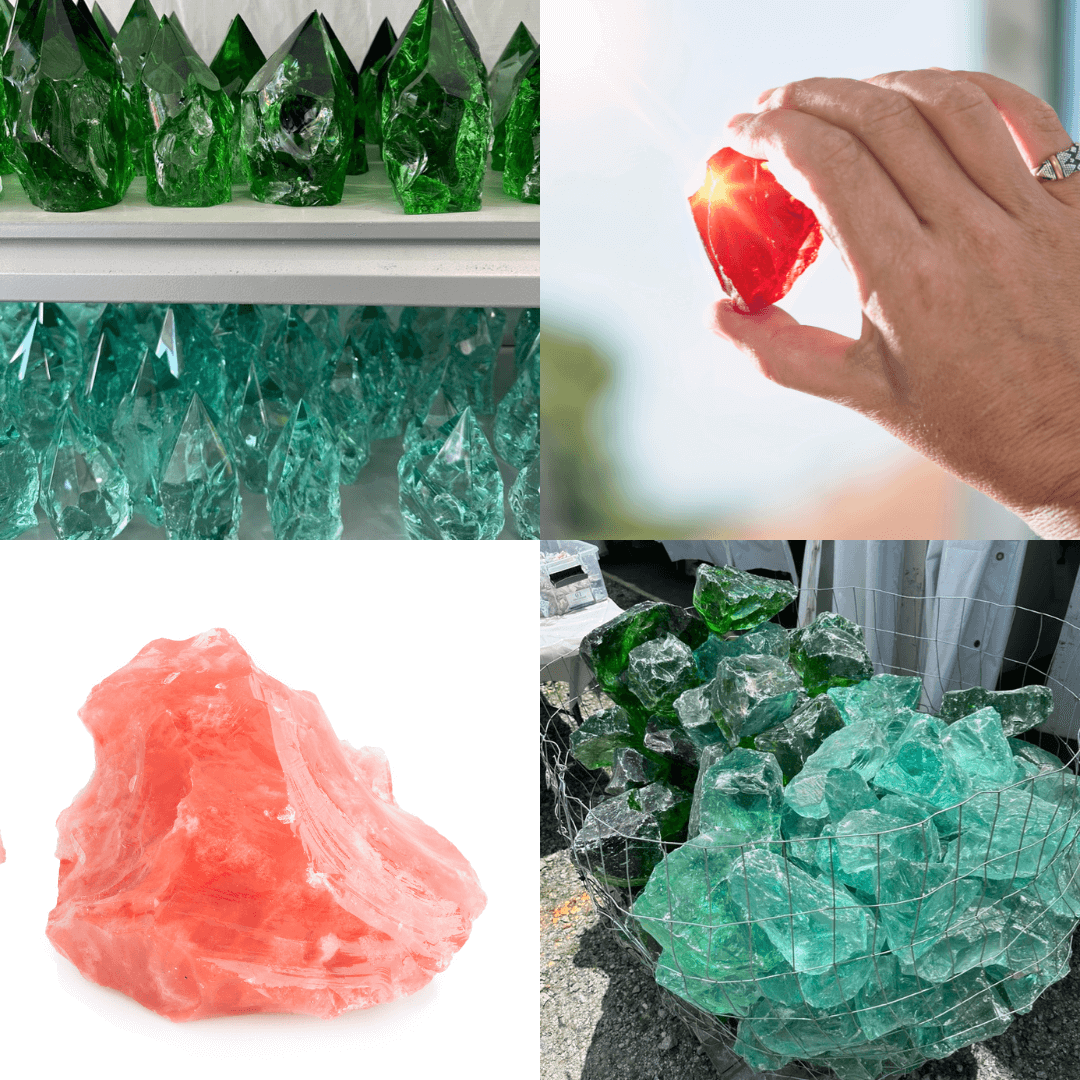
Clockwise from top left: blue and green slag glass often sold as "blue/green obsidian", pinkish red slag glass labelled
as "andara crystal", "red obsidian" dyed glass, a pile of colorful raw slag glass at a gem show.
I hope this is a helpful place to start when endeavoring to avoid fake crystals (dyed glass) and discerning natural glass from synthetic glass when shopping for energetic tools. If you'd like to purchase genuine tektites and pseudotektites, click here to shop my website collection.
Please don't hesitate to drop questions below if there's anything else I can clarify for y'all, and subscribe to my newsletter (website footer) so you don't miss Crystal Fakes part 5!
$6.00
This listing is for (1) black obsidian mini mushroom, which will be intuitively selected. They vary slightly in size, shape, and appearance as they are natural stone and each one is unique. Most of these stand up but it's not guaranteed.… read moreBLACK OBSIDIAN MINI MUSHROOM
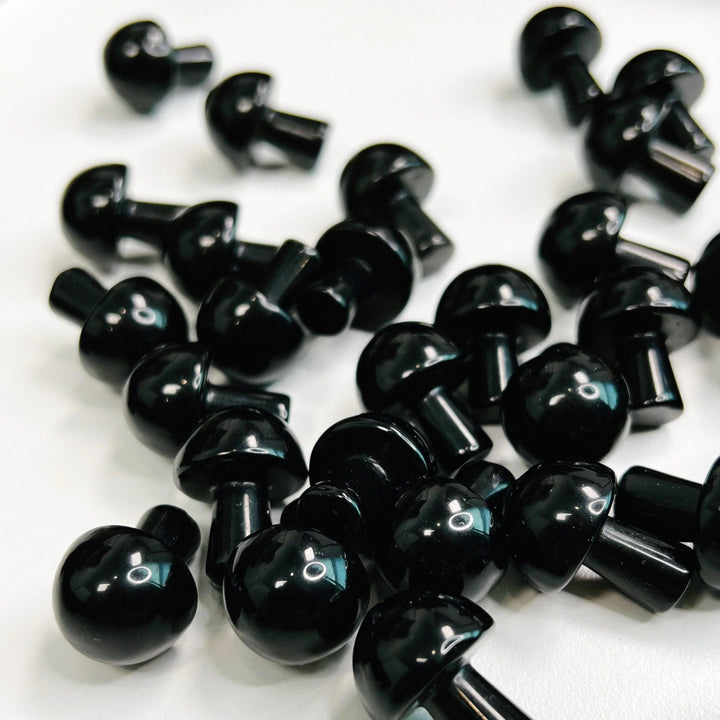
$198.00
This listing is for (1) raw Moldavite, the exact piece pictured here. 4.5g, approx. 2.5cm tall. This is regular grade Moldavite. Properties MoldaviteOften called the
“Stone of transformation”, some folks who are more sensitive to it's powerful energy say… read moreMOLDAVITE 1
